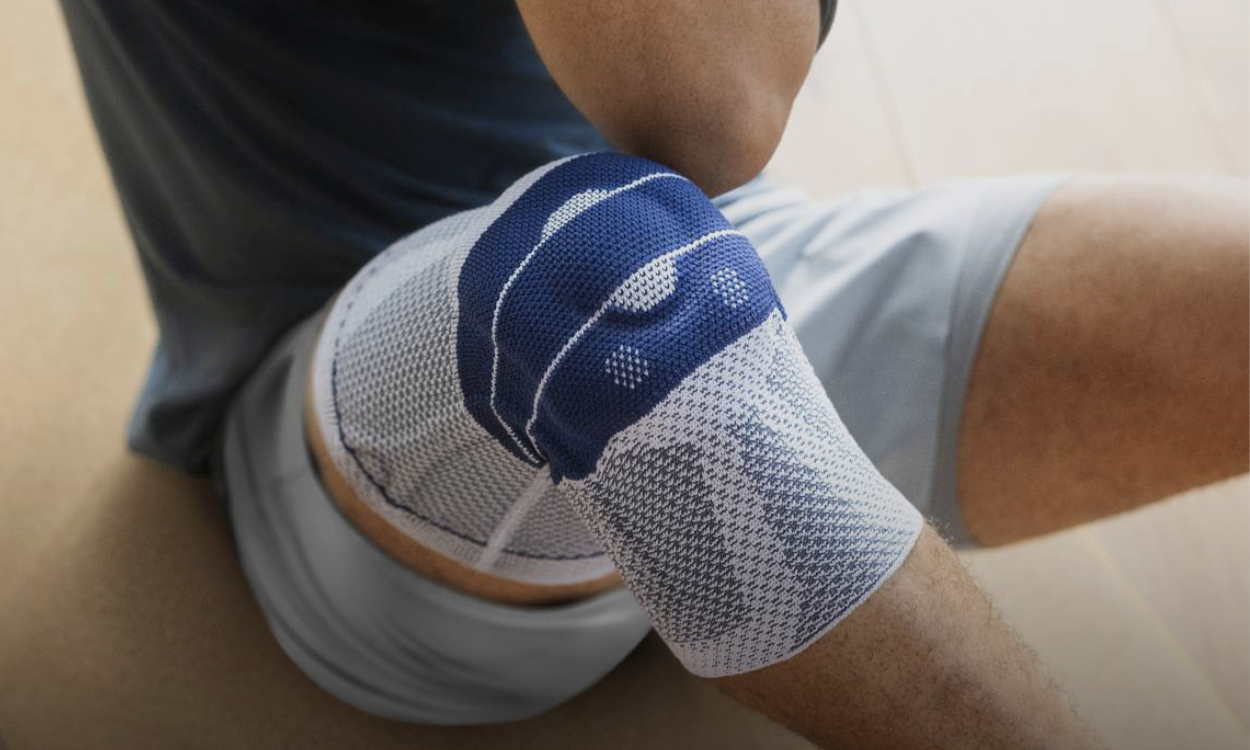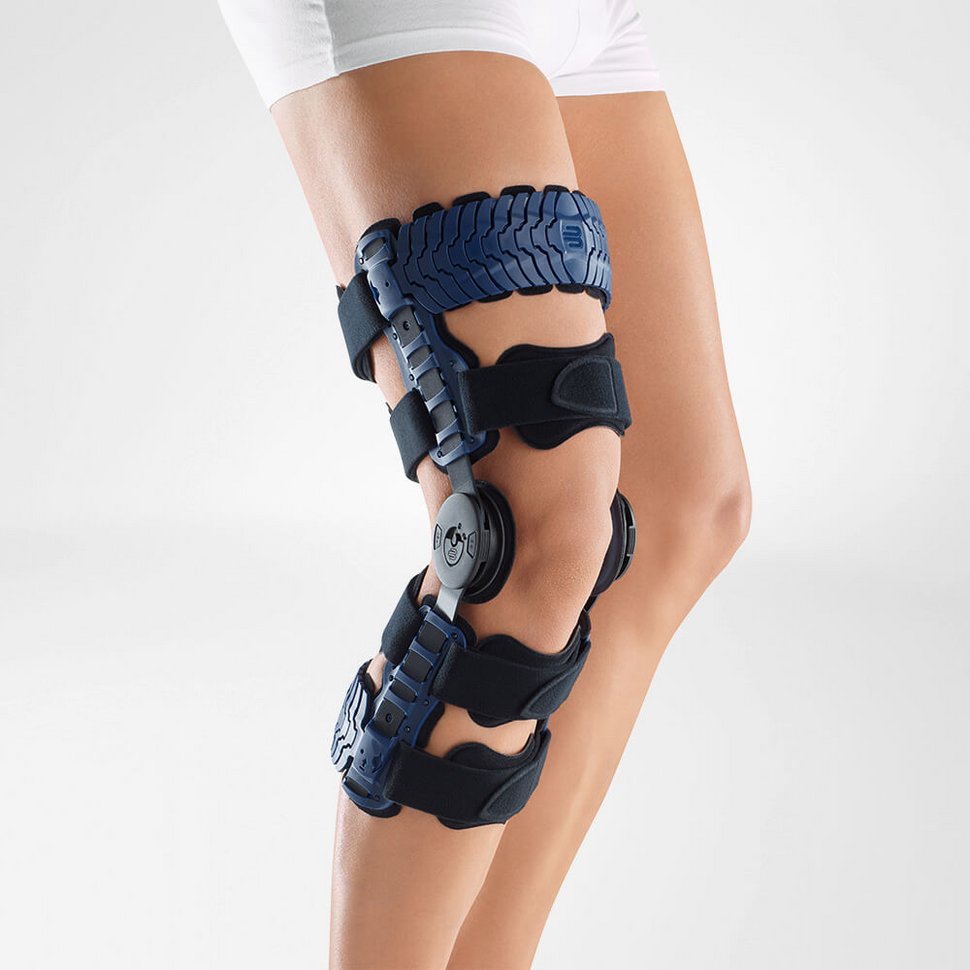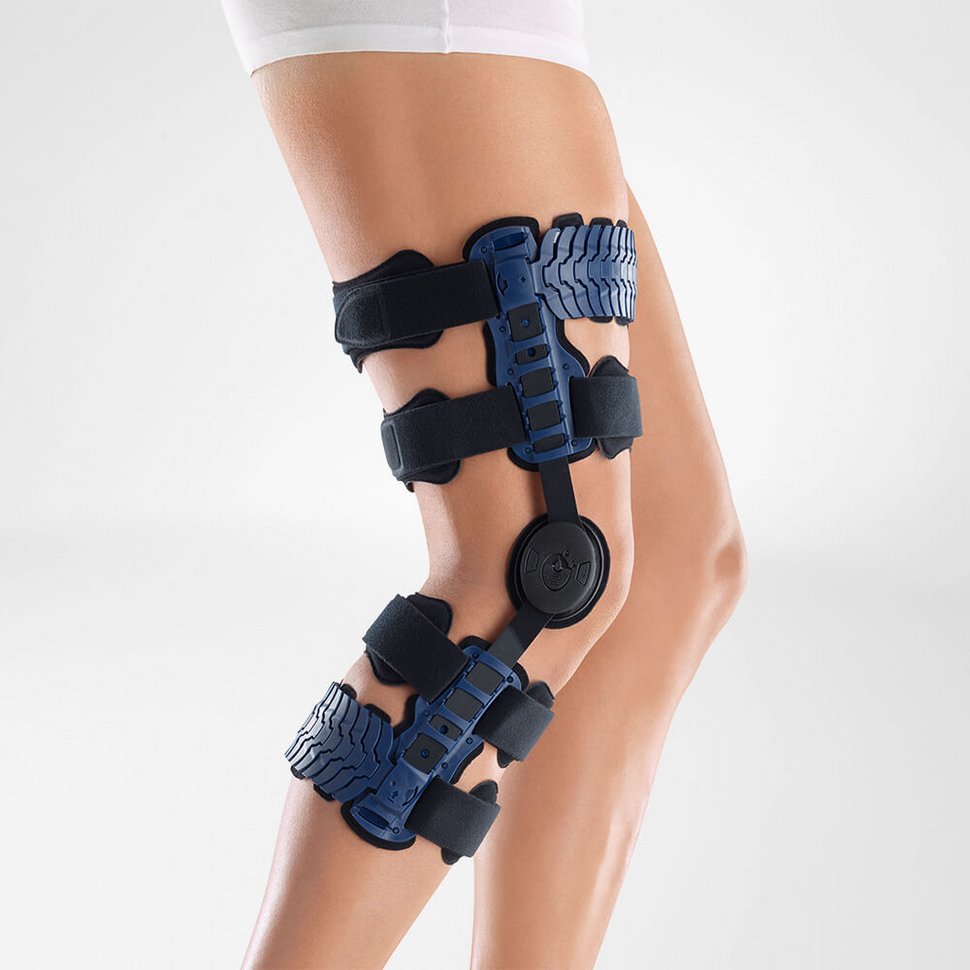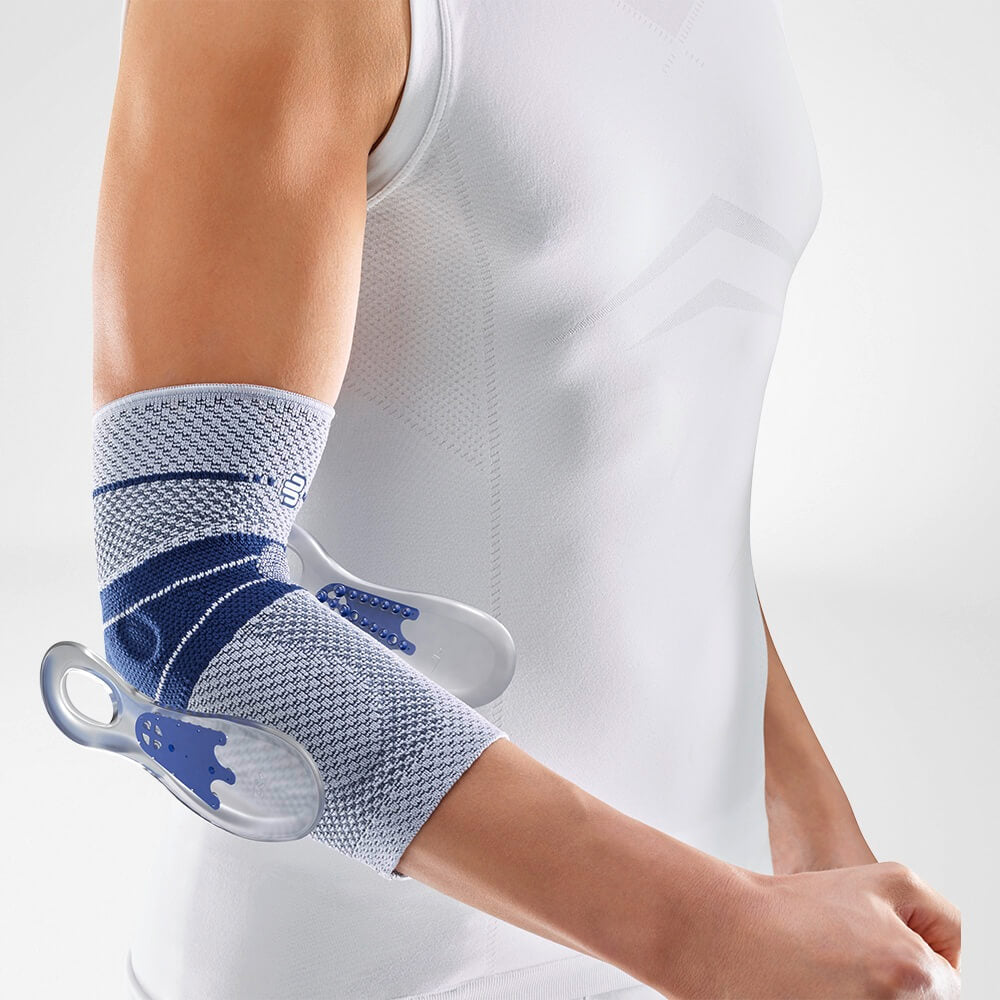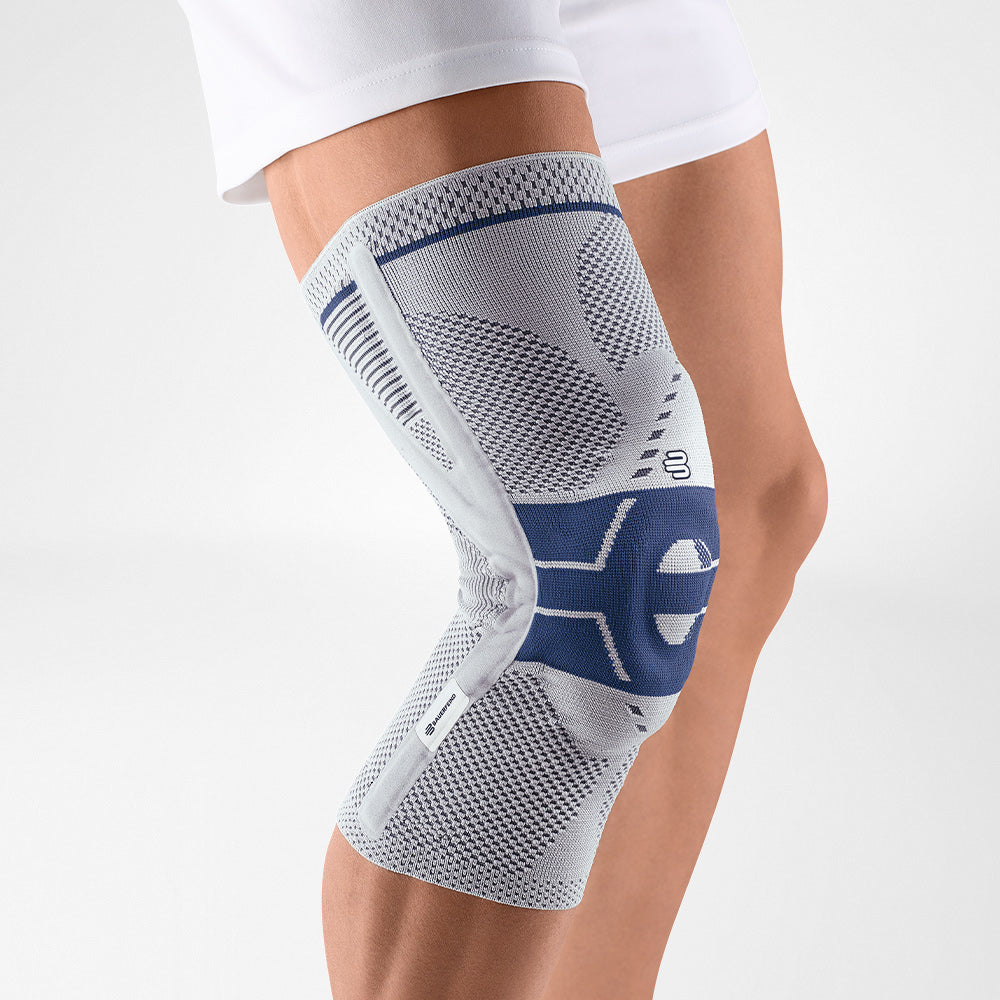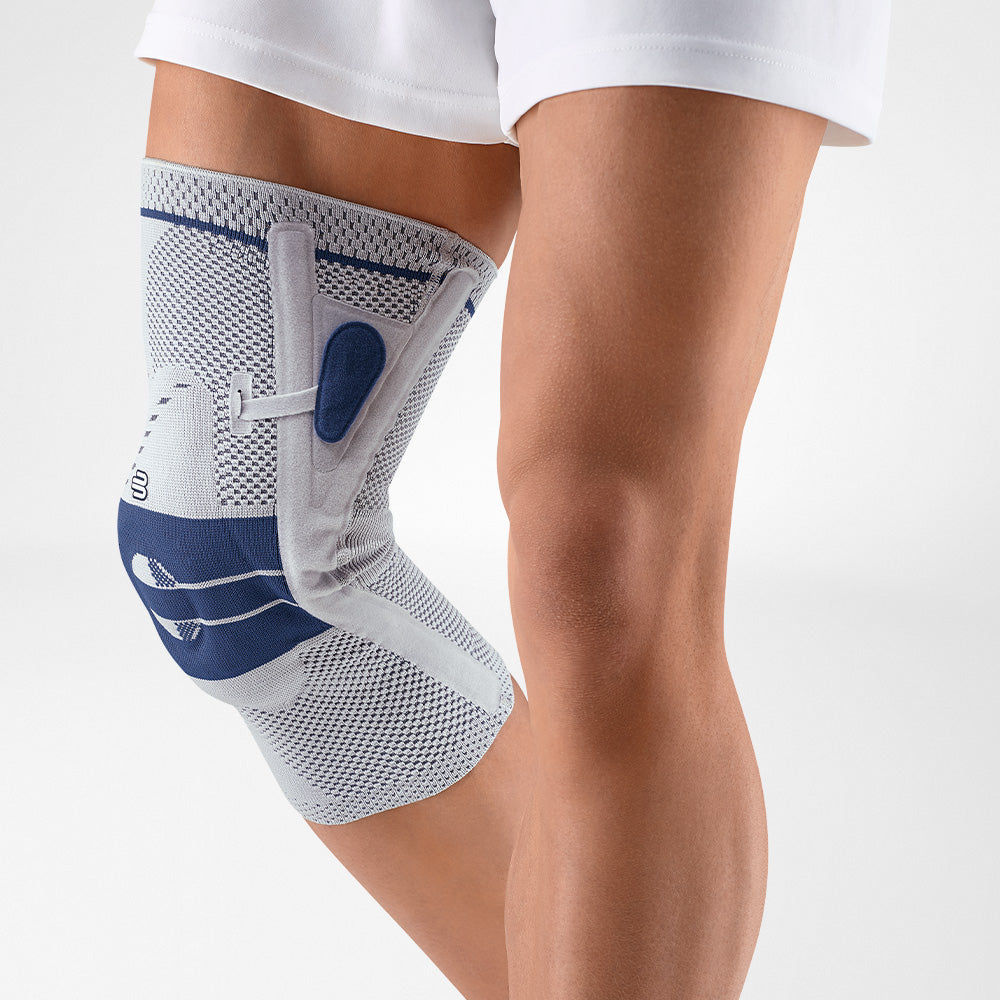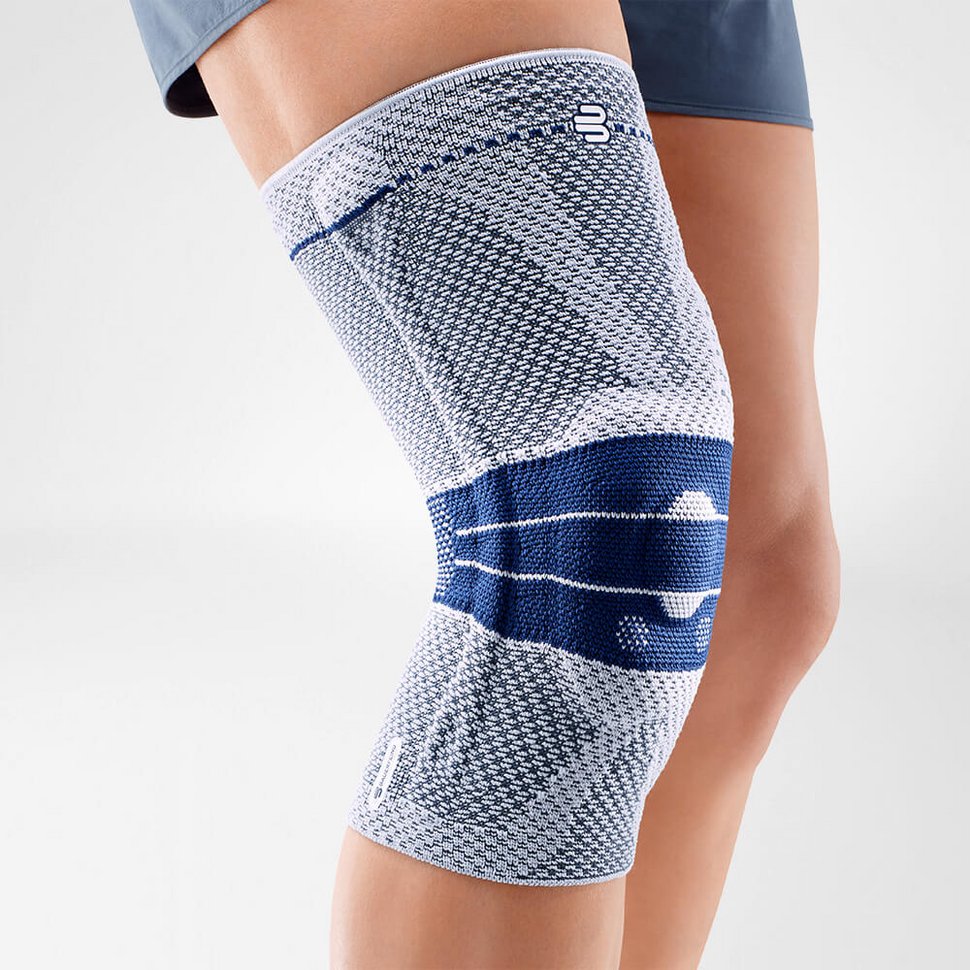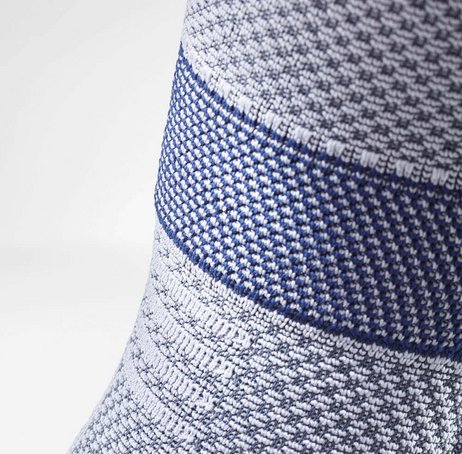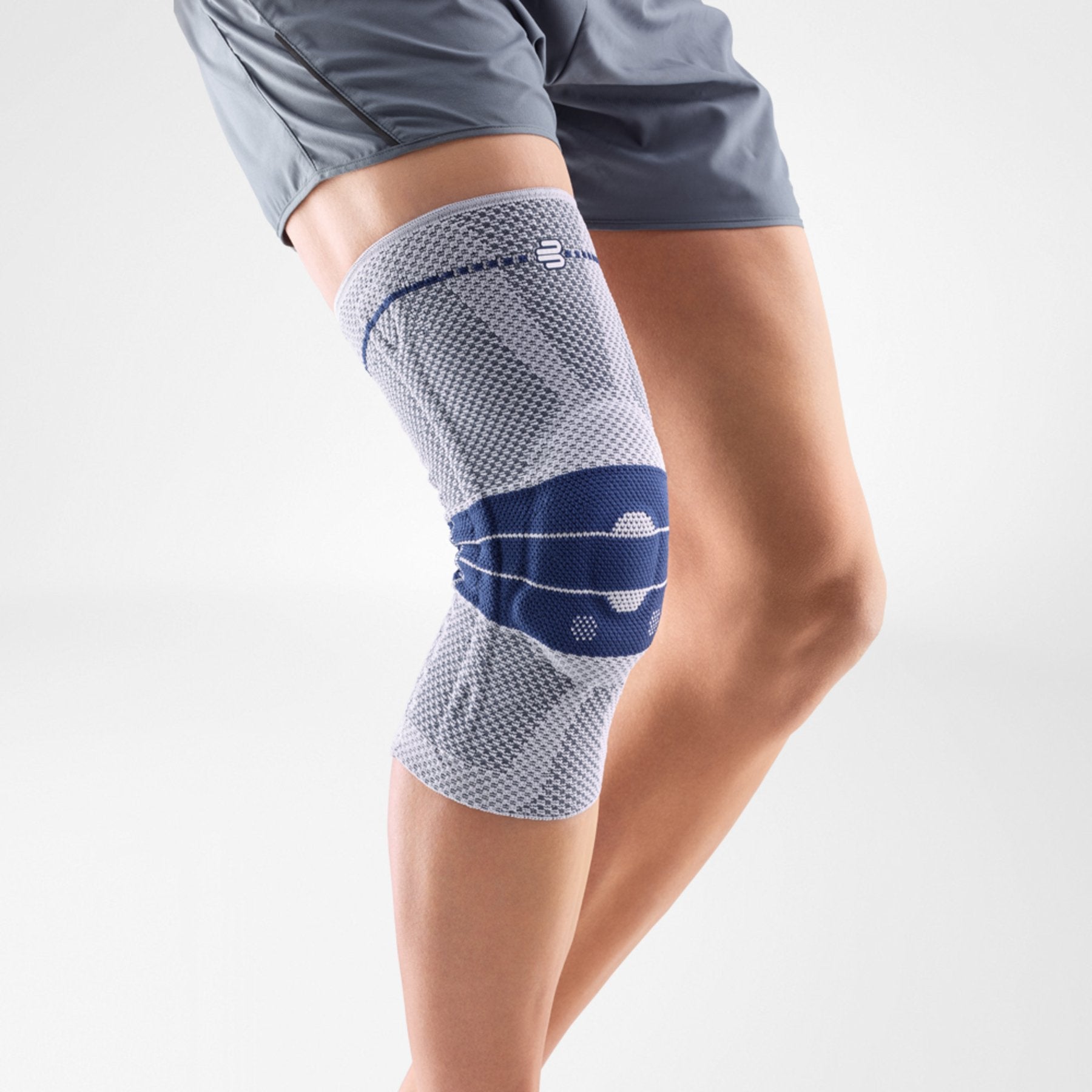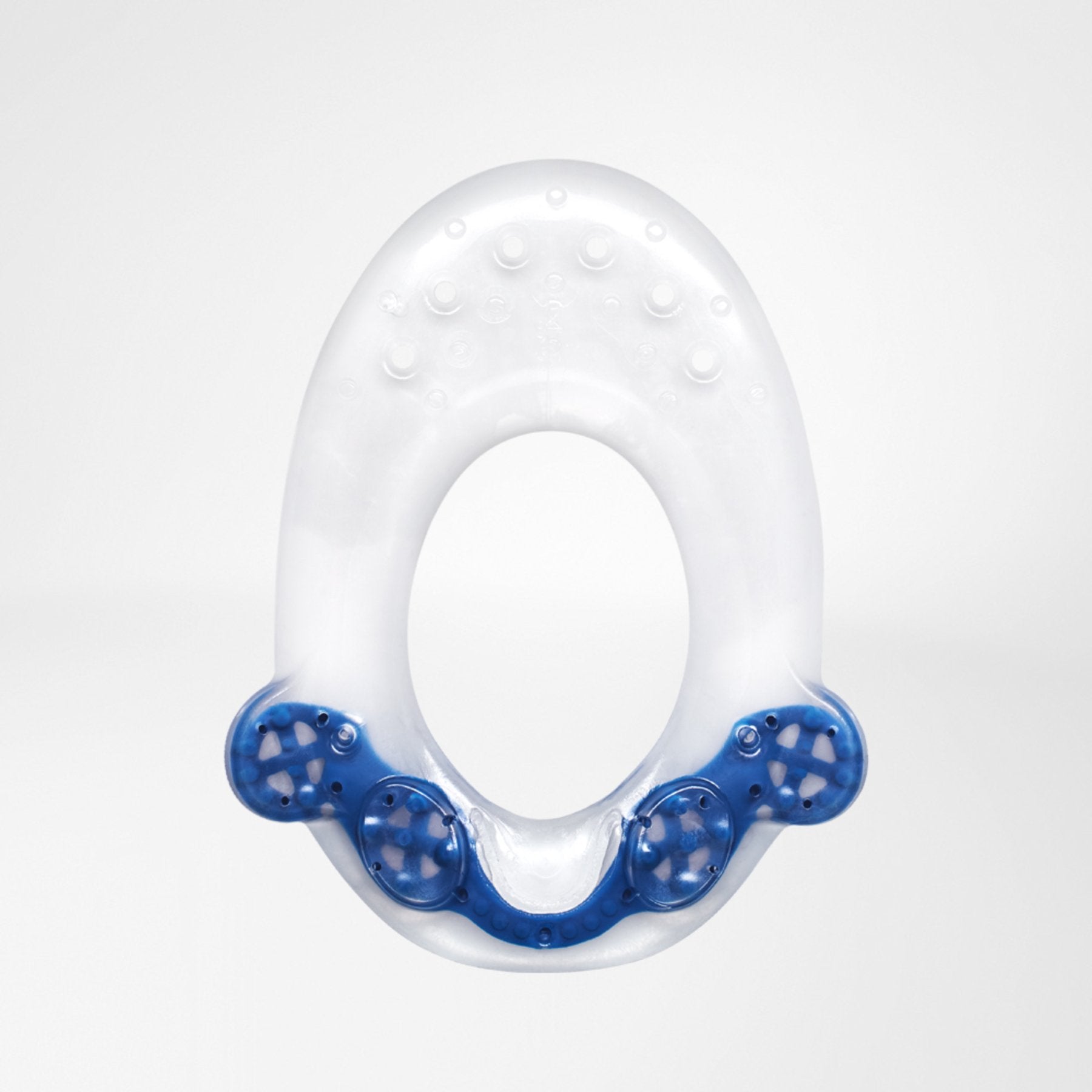Vertebral Compression Fractures: Spine's Severe Compromised and Intense Persistent Pain
The spine is a robust combination of 24 vertebrae that protects the spinal cord. These are connected by the intervertebral discs and ligaments.
The vertebrae are shaped like arches and carry bony extensions on the sides and on the back. This structure protects the spinal cord and provides lateral exit points for the spinal nerves. Various factors may lead to patients developing a vertebral compression fracture.
Mild cases can be treated conservatively, however some instances require complex surgical intervention to relieve symptoms and provide relief.
In chronic cases, a patient’s spine is severely compromised and experiences intense persistent pain. Early diagnosis is crucial to avoid permanent long term consequences.
Types & Causes of Vertebral Fractures
There are broadly two types of vertebral fractures including:
- Stable Fracture: Vertebral fractures are called stable if the surrounding soft tissues and ligaments are unaffected. There is also no narrowing of the spinal canal. Stable fractures are the most commonly known vertebral fracture (around 85% of all spine fractures). Stable fractures are mostly treated conservatively.
- Unstable fractures: Unstable fractures are rarer and tend to be much more complicated. There is a chance of fragments of the vertebra being displaced and a complete severance of the vertebral arch. Patients with an unstable fracture are at a real risk of fragments protruding into the spinal canal and in the worst-case scenario puncturing and injuring the spinal cord. Unstable fractures require immediate treatment to prevent or at least limit permanent damage to the spinal cord.
- Fractures caused by Osteoporosis of the spine: Fractures caused by osteoporosis or bone density loss is a special case of spinal fractures. Leeching off the bones to maintain blood calcium levels can result in weak, brittle and porous bones. Osteoporosis can lead to fractures even under mild or relatively light loads on the back. The demineralized vertebra slumps or collapses at the front edge. As a result, it loses height and the ligaments surrounding it loosen, which in turn makes the affected segment unstable. If the front edges of several overlying thoracic vertebrae collapse, there is also excessive forward curvature of the thoracic spine (hyperkyphosis).

Fractures from osteoporosis can lead to permanent deformations and can cause complications like shortness of breath or irregular heart functioning.
The most commonly known causes for a vertebral fracture include:
- Accidental injury or trauma to the back can lead to a fracture in the vertebrae.
- A violent fall with a direct impact on the spine.
- Certain hormonal diseases like Osteoporosis can lead to the reduced bone density of the spine. The condition leaves the spine brittle and porous increasing the risk of fractures.
Vertebral Compression Fractures Symptoms
The most commonly known symptoms associated with a vertebral fracture include:
- Immediate and intense localized pain.
- Severely restricted mobility of the spine forcing patients to adopt a slumped posture to avoid stressing the spine.
- If the nerves or the spinal cord are affected as it is in an unstable fracture, there are often accompanying neurological symptoms such as paralysis, severe stabbing or burning pain and numbness.
- A patient experiences immense irritation, pain and discomfort. The surrounding area might get inflamed and their mobility is severely restricted.
- Psychologically, a patient feels instability in their back and can result in a severely debilitating effect on the quality of life.
Assessment of Vertebral Fractures
A complete medical history and physical examination allows a medical practitioner to gather valuable information about the patient and the risk factors associated.
Sophisticated imaging technology like X-Rays are effectively used to determine the severity of the fracture and pinpoint the location. Ultrasound and MRI can also be used to check for accompanying complications like damage to the spinal nerves or the spinal cord itself. An early diagnosis could be key to ensure a swift recovery.
Treatment For Vertebral Compression Fractures
-
Immobilization
Immobilizing the back temporarily has proven effective to manage the symptoms of the condition. This allows the back to rest and prevents further damage. Patients should be careful not to prolong the immobilization period since it can lead to muscle atrophy and aggravate the condition due to a loss of stability.
-
Rehabilitation, Physiotherapy And Occupational Therapy
Regulated occupational therapy helps with targeted muscle training and is a proven effective treatment path. The physiotherapy exercises can help promote the reorganization of the muscles.
Encouraging healthy proprioception and strengthening of the muscles in the back helps prevent long term degeneration. Physiotherapy can be effectively used to regain coordination and mobility after the period of immobilization.
-
Prescribed Painkillers

-
Medical Back Braces
It is highly recommended that ample support to the back is provided using a medical back brace. Wearing a Bauerfeind back brace like the Spinova Support Plus can be instrumental in treatment, by providing enhanced stability, proprioception and medical-grade compression. This is not found in poorly designed or simple neoprene braces and has proven more effective.
-
Surgical Intervention
Surgical intervention is required only in rare cases of complications where conventional methods have failed or in advanced cases (unstable fractures) where there is damage to the connective soft tissue and the spinal cord itself. Doctors might necessitate surgery at a moment’s notice to prevent permanent damage to the spinal cord.
Today, surgeons can perform a keyhole surgery with the smallest possible incision to refill stacked vertebrae using modern surgical procedures. This greatly reduces recovery time and can be instrumental in preventing muscle breakdown due to long periods of bed rest or immobilization.
Medical Back Orthosis: Pain Relief for Vertebral Fractures
Medical back orthosis like the Spinova Support Plus can be instrumental in both conservative and post-operative treatment. In the event of a spinal fracture of the lumbar spine, an orthosis (similar to a corset) supports and stabilizes the affected segment and thus prevents unwanted movements that would endanger the stability of the spine.

The support helps to alleviate pain and thus enables movement, as well as sitting in everyday life. A medical back brace allows for a more effective exercise and self-exercise program and can facilitate healing.
The Spinova Support Plus is designed to custom fit the patient’s back with individually adjustable drawstrings. The large back pad distributes pressure to the lumbar area, the pelvis and the sacrum which effectively reduces the strain on the back and allows the affected area to rest and heal quicker. The comfortable, skin-friendly material makes it perfect for daily use and is proven effective in prognosis.

